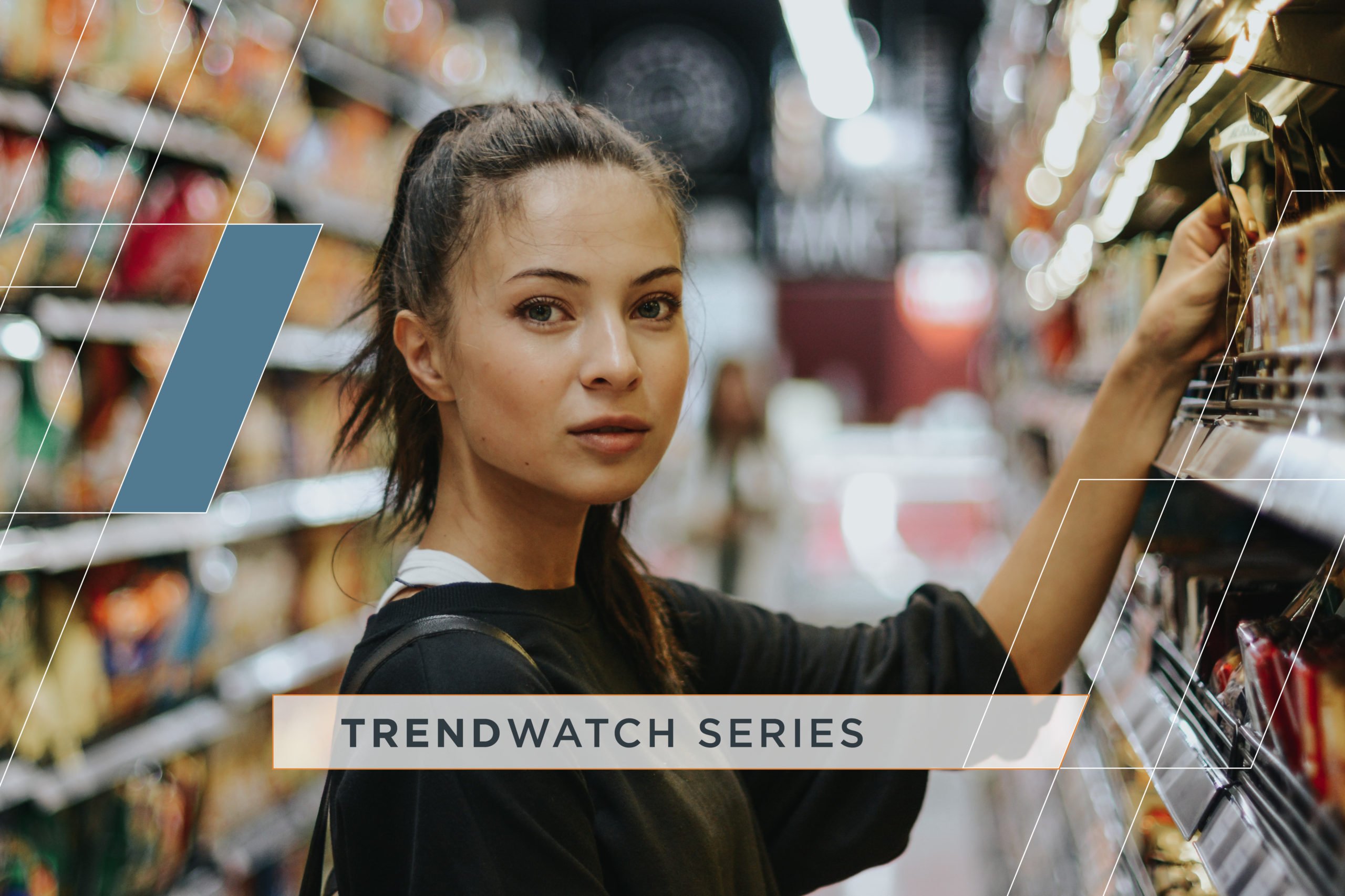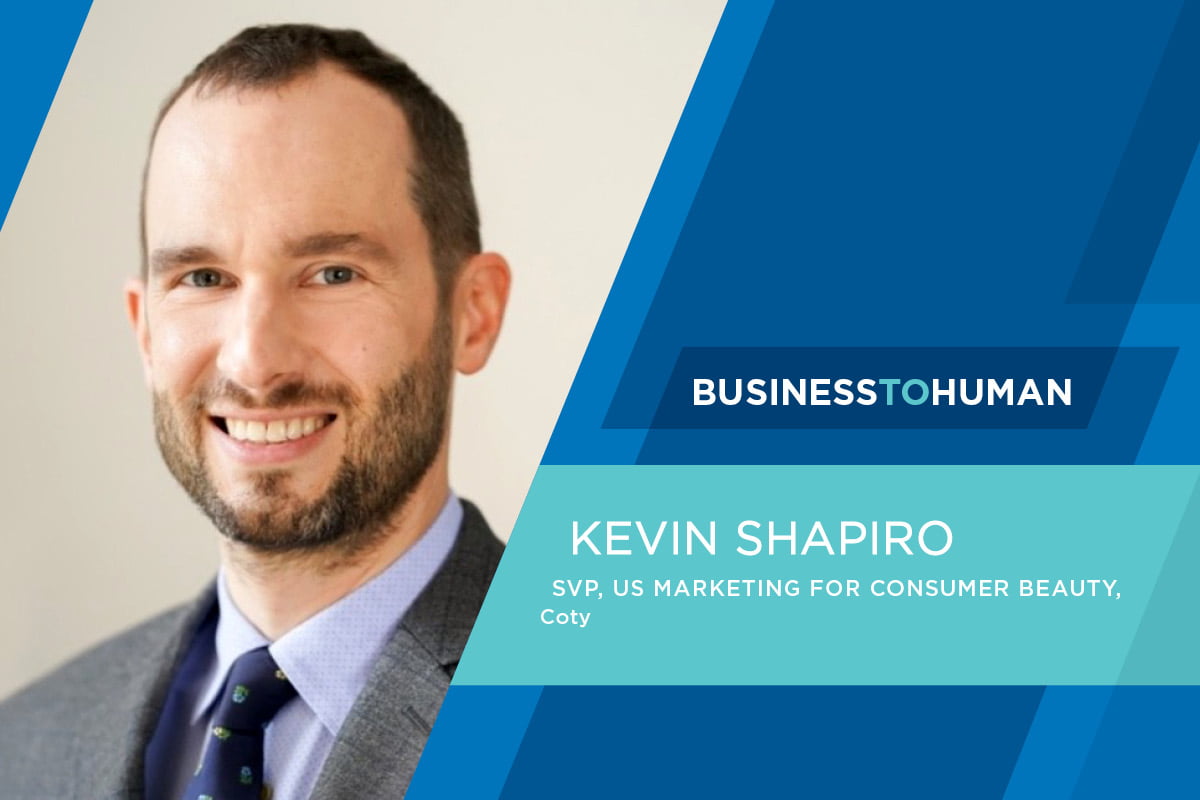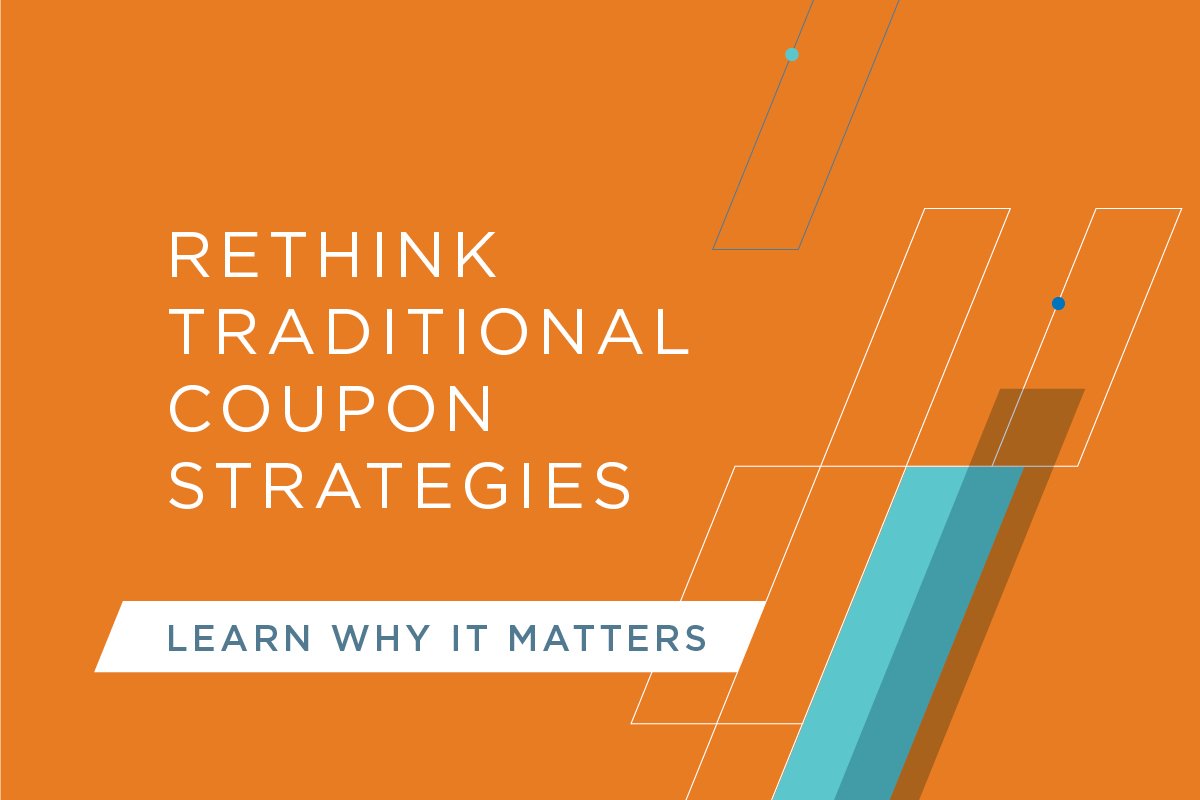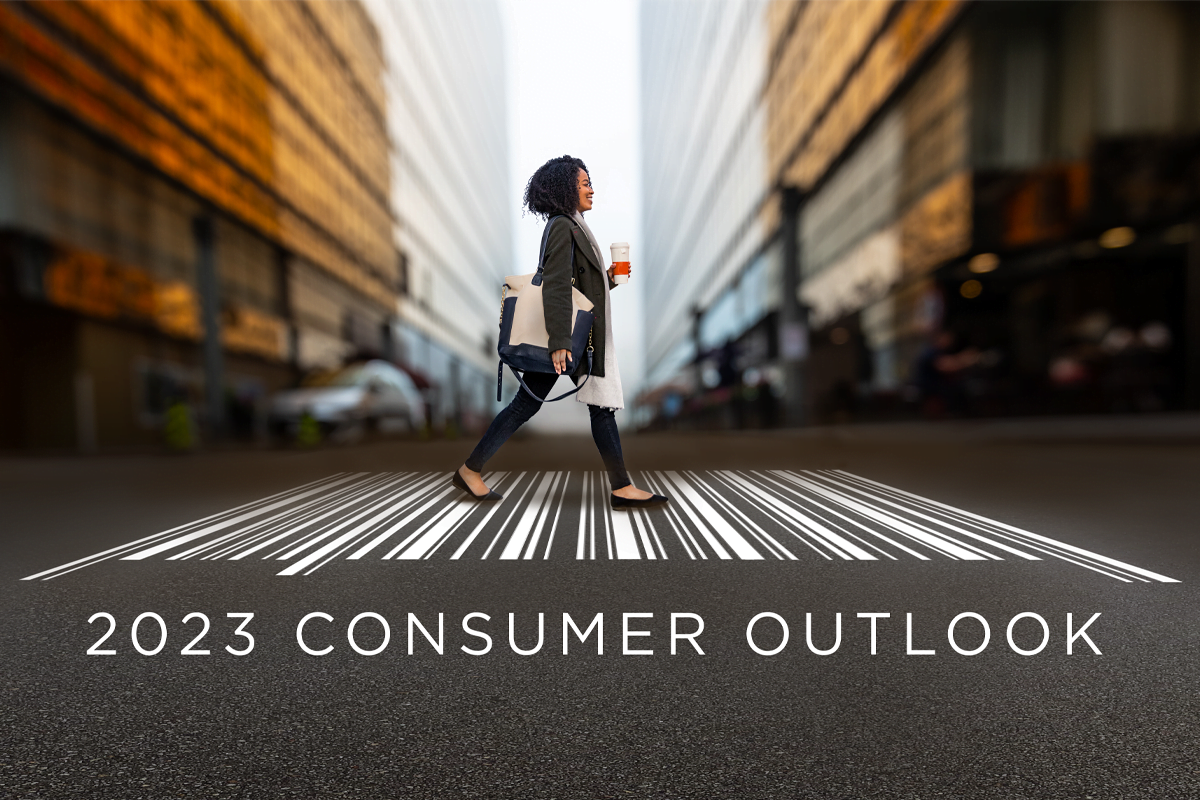Summary
- People are switching to less expensive brands to save money due to high inflation.
- Brands should personalize their advertising messages and help customers save money through deals.
- Offering convenience through shopping, delivery, and payment options can foster brand loyalty.
The U.S. inflation rate has been trending downward since its peak of 9.1% in June 2022. That’s the good news. The bad news is that there are still inflationary pressures and broad price increases across the economy, so consumers continue to tighten their budgets.
Vericast’s June 2022 Awareness-to-Action Study revealed 38% of consumers will cut back on splurge items, while 30% intend to switch to less expensive brands.1 Brand loyalty is out the window, with more than one-third of respondents saying they are less loyal to stores and brands.
According to the same survey, consumers either turn to private labels or switch to less expensive brands to save money. Globally, store brands hold a 19.4% market share which is expected to increase in 2023.
So, what can brands do to foster loyalty now that consumers are quick to switch brands? Here are four ways to keep your customers through thick or thin:
1. Personalize your promotions
“Invest in marketing and branding now during the downturn. Be there for your customers even when they’re less than loyal.”
Julie Companey, Director of Client Strategy, Vericast.
Out of sight, out of mind. This is not the time for brands to cut back on advertising to save money. Staying top of mind is critical. “Invest in marketing and branding now during the downturn. Be there for your customers even when they’re less than loyal,” says Julie Companey, Director of Client Strategy for Vericast.
However, don’t take a shotgun approach to marketing. Remember that consumers respond best to targeted, relevant and personalized advertising. Vericast’s April 2022 Awareness-to-Action Study revealed 46% of consumers surveyed want retailers to provide more personalized promotions based on their purchase habits and interests.2
What does personalization mean in marketing? It means relevant messaging and tailored product recommendations to specific customers. People will respond to advertising if it speaks to their needs and offers to solve their problems.
This is where leveraging consumer data comes in, especially first-party data. This is data that you collect directly from your customers. It includes their demographics, interests, preferences and purchase history. You can use customer surveys, feedback forms, online behaviors and past transactions to understand your customers better. This serves as your basis for creating targeted and customized ads.
2. Help people save money
The top challenge people face is rising prices or unexpected purchases, as found by Vericast’s September 2022 Awareness-to-Action Study. It’s no wonder consumers are looking for ways to cut costs. Forty-one percent of survey respondents noted a financial goal to cut costs in 2023, up from 33% the previous year.3
And what do they want? Nearly two-thirds of those surveyed are looking for more coupons, discounts or deals to offset higher prices. Half of the survey respondents said they base plan their shopping decisions on coupons and special offers. Forty-nine percent want marketing messages focused on helping them save money.
In fact, according to the April 2022 Awareness-to-Action Study, 50% said they have been shopping at discount retailers more frequently since prices began to rise. And 22% buy at multiple retailers, shopping in-store and online to find the best prices.4
There has also been an increase in coupon redemption in the third quarter of 2022, based on Vericast’s data. “This was an early signal that consumers are on board and are actively seeking savings to counteract the cost of gas and groceries specifically and inflation in general,” points out Aimee Englert, Vericast Executive Director for CPG Client Strategy.
“Targeted, periodic savings offers such as coupons, rebates and sales will go a long way to keep consumers engaged.”
Aimee Englert, Vericast Executive Director for CPG Client Strategy
Brands must address consumers’ need to save money. This includes delivering compelling promotional offers through digital coupons, online ads and direct mail. As Englert explains, Brands must address consumers’ need to save money. “Targeted, periodic savings offers such as coupons, rebates and sales will go a long way to keep consumers engaged.”
3. Offer convenience to consumers
While people are looking for ways to save money, they are also willing to spend a little more for convenience. According to Vericast’s September 2022 Action-to-Awareness Survey, 40% of survey respondents said they want more advertising messages that save them time or make their lives easier.5
There are many ways brands can do this. For retailers and restaurants, convenience can be in the form of shopping options, such as buying online and in-store. It also includes delivery and curbside pickup options. People, including parents and busy professionals, are pressed for time. Grocery stores, for instance, should offer ready-to-eat and freshly made meal options.
Consumers also don’t want to line up at bank branches. Financial institutions should have robust online banking websites and mobile apps. They should enable digital account opening, onboarding and financial transactions. Waiting in line is also a pain point for healthcare patients. Healthcare organizations should offer convenience through retail health clinics and virtual medical consultations.
4. Give customers more payment options
Consumers are seeking more creative ways to stretch their funds and manage their cash flow. Vericast’s June 2022 study showed that nearly one-third of respondents are looking for more ways to finance purchases and delay payments.6
“We will see more and more people turn to credit to cover their purchases as prices for home heating, groceries and other necessities continue to rise.”
Lisa Nicholas, Vice President, and Financial Services Vertical Strategist, Vericast
Aside from credit cards, people are using digital wallets, contactless cards, person-to-person (P2P) payment apps and buy now, pay later (BNPL) platforms. This is especially true among Gen Z respondents. According to C + R Research, three in five people surveyed have used a BNPL option at checkout to finance a purchase.
Brands must cater to a growing segment of the population that prefers to use these alternative payment options. Lisa Nicholas, Vice President, and Financial Services Vertical Strategist at Vericast, shares, “We will see more and more people turn to credit to cover their purchases as prices for home heating, groceries and other necessities continue to rise.” Card issuers and financial institutions likewise should adapt to changing consumer preferences to remain relevant.
There is a risk that consumers might overextend themselves with these alternative payment options and loan products. However, ignoring this growing segment will drive them to competitors that offer them.
By meeting the needs and catering to consumers’ preferences, brands can help their customers mitigate the effects of rising prices. This, in turn, will keep customers more loyal in the long haul.
Download our white paper to learn more about the “14 Trends That Will Define Marketing in 2023.”



